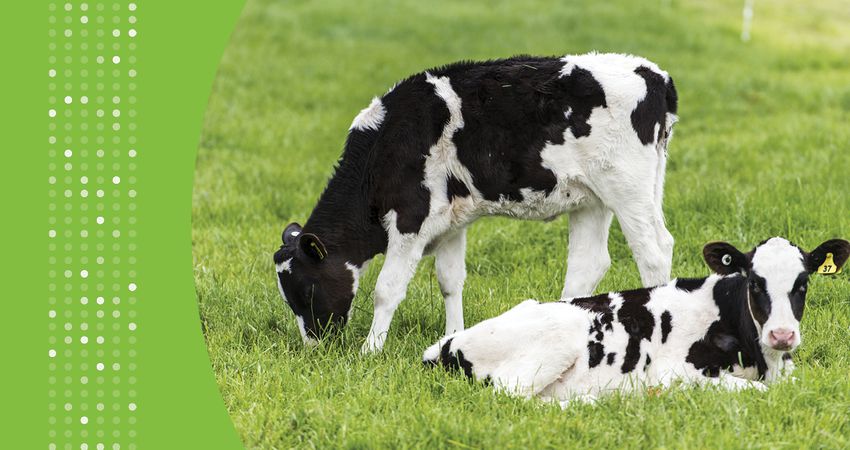IDEXX Newsletter
Bovine viral diarrhoea (BVD) causes significant economic loss in dairy cattle herds.
BVD infection in the first trimester, before the fetus becomes immunocompetent, may result in calves becoming persistently infected (PI). If they make it to full term these animals will excrete virus continuously in large amounts in all body fluids for their entire lives. These PI animals act as a source of infection for naïve animals, and if they survive to adult hood and conceive, they will in turn produce a PI calf. Thus, detecting and removing PI animals is an important control measure for BVD.
The 2019 Cognosco research trial was designed to assess the sensitivity and specificity of ear notch samples analysed using antigen ELISA and PCR testing at 4 time points (3, 10, 24 and 38 days) after birth for detecting calves subsequently definitively defined as a PI. Calves testing positive to antigen ELISA or PCR at day 38 had all their previous ear notch samples analysed and were then bleed at day 100 and tested with BVD antigen ELISA and PCR. This was to establish which were PI animals. Calves were defined as PI if they were antigen positive at day 38 and day 100, and transiently infected (TI) if antigen positive at day 38 but antigen negative at day 100.
Results showed that PI calves tested positive with the antigen ELISA and the PCR at all time points, whilst TI calves tested negative at all time points with the antigen ELISA, however the PCR did not always differentiate between PI and TI animals. Therefore, the antigen ELISA showed 100% sensitivity and specificity for detecting PI animals. And so was able to identify PI animals at any age. This now allows PI animals to be identified and removed, while leaving the TI replacement calves which will not be unnecessarily removed as they will subsequently clear the virus in about 2 weeks and then potentially, will be immune to the virus. The IDEXX Antigen ELISA test using ear notch tissue is the most effective test for detecting PI calves at any age, but does not identify TI calves, this then allows the farmer to make earlier and informed management decisions.

